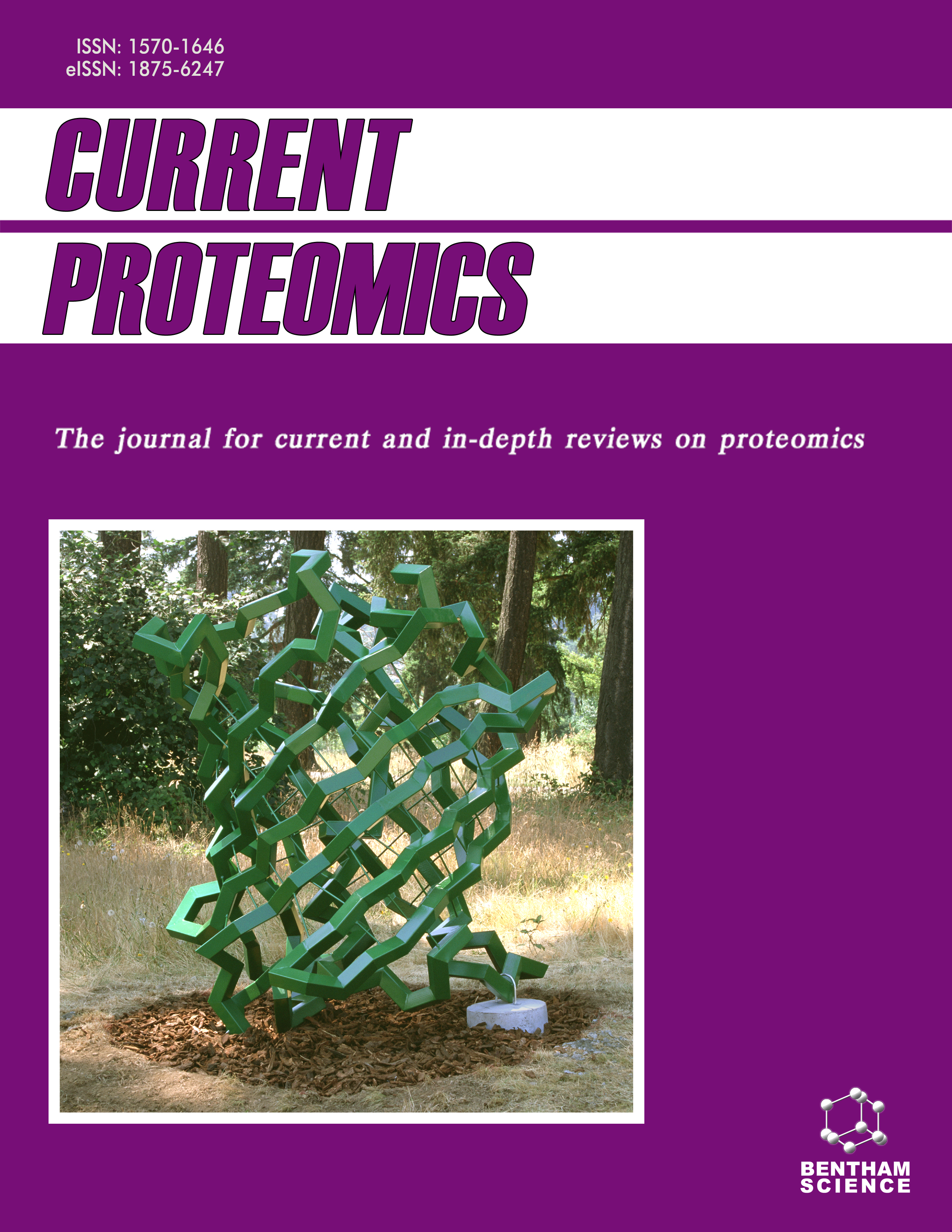
Full text loading...
Proteins present in body fluids harbor the potential to act as markers for both diagnosing diseases and exploring their underlying mechanisms. As urine can be easily obtained non-invasively, analyzing its proteins is an ideal approach to identifying biomarkers for bladder cancer. This study aimed to identify proteins in urine that could serve as biomarkers for bladder cancer.
Urine samples were collected from patients with primary transitional cell carcinoma of the bladder and their age and sex-matched healthy individuals. The protein pellet underwent resolubilization and trypsin digestion to facilitate analysis using reverse phase nano-high performance liquid chromatography/electrospray ionization tandem mass spectrometry.
In samples obtained from 16 patients and 8 controls, 3192 peptides were identified, corresponding to 934 unique proteins, of which 60 were identified with higher confidence levels. Among them, Transferrin and Prostaglandin D2 Synthase (PTGDS) were found as potential markers of bladder cancer. In particular, the absence of PTGDS has a specificity of 100% and a sensitivity of 81%.
This study, which used proteomic approaches, identified PTGDS in urine as a potential biomarker of bladder cancer.

Article metrics loading...

Full text loading...
References


Data & Media loading...
Supplements

